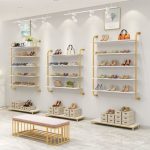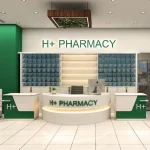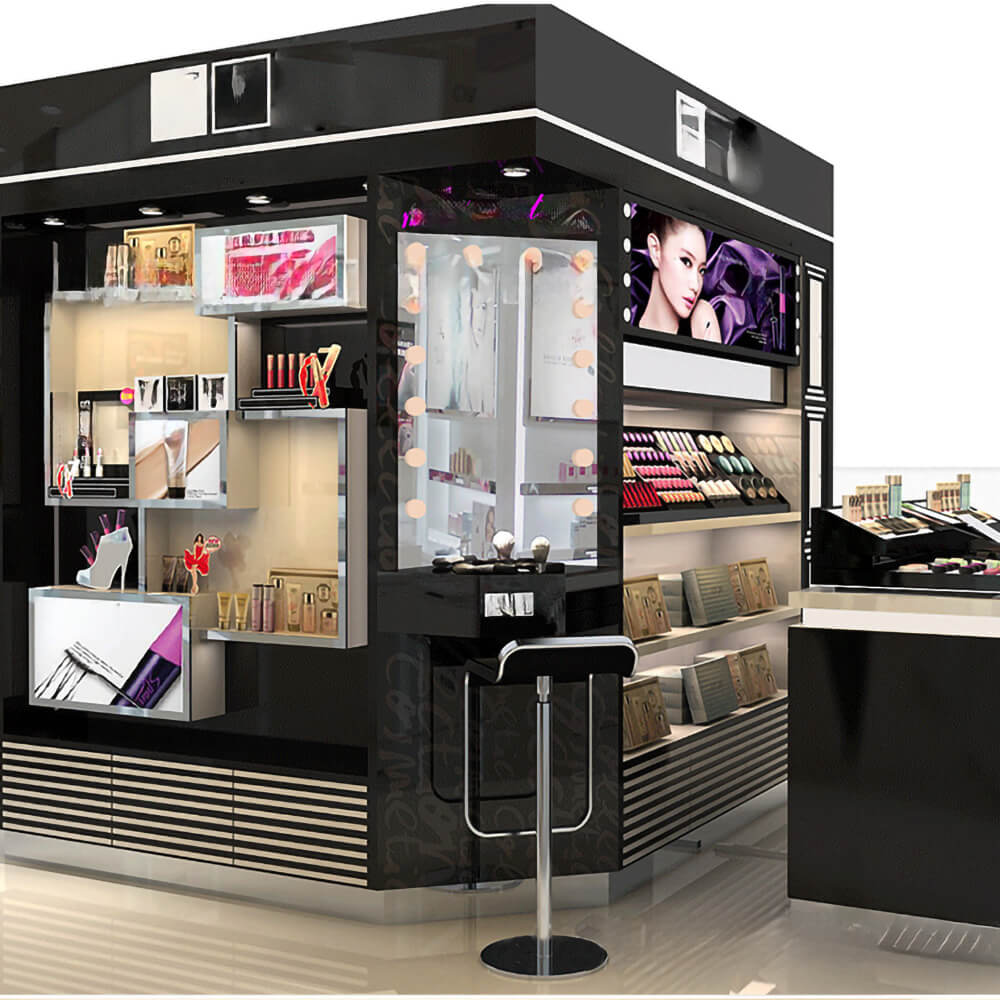
What are Store Fixtures?
Store fixtures are the structural elements and furnishings found within a retail environment. They serve as the backbone of a store’s layout and design, playing a crucial role in creating an appealing and functional shopping experience. These fixtures encompass various components, including shelving units, display racks, counters, mannequins, and signage, among others.
At their core, store fixtures are designed to showcase products effectively, guide customer flow, and enhance the overall ambiance of the retail space. They not only provide a means to organize and present merchandise but also contribute to the store’s branding and aesthetic appeal.
As a retail business owner or manager, understanding the significance and versatility of store fixtures is paramount. They serve as the canvas upon which we can craft an immersive and engaging shopping environment that resonates with our target audience.
Importance of store fixtures in retail
Store fixtures are more than just functional elements; they are essential components that can significantly impact a retailer’s success. Their importance cannot be overstated, as they directly influence various aspects of the retail experience, including:
- Product Presentation: Fixtures provide the platform for showcasing products in an attractive and accessible manner, enticing customers to engage with the merchandise.
- Customer Flow: The strategic placement of fixtures guides customers through the store, ensuring a smooth and efficient shopping journey.
- Brand Image: Carefully curated fixtures can reinforce a brand’s identity, creating a cohesive and memorable experience for customers.
- Sales Optimization: Well-designed fixtures can increase product visibility, encouraging impulse purchases and boosting overall sales.
- Space Utilization: Effective fixture layouts maximize the available floor space, allowing for efficient merchandising and inventory management.
By recognizing the significance of store fixtures, retailers can create an engaging and profitable environment that keeps customers coming back.
Different types of store fixtures
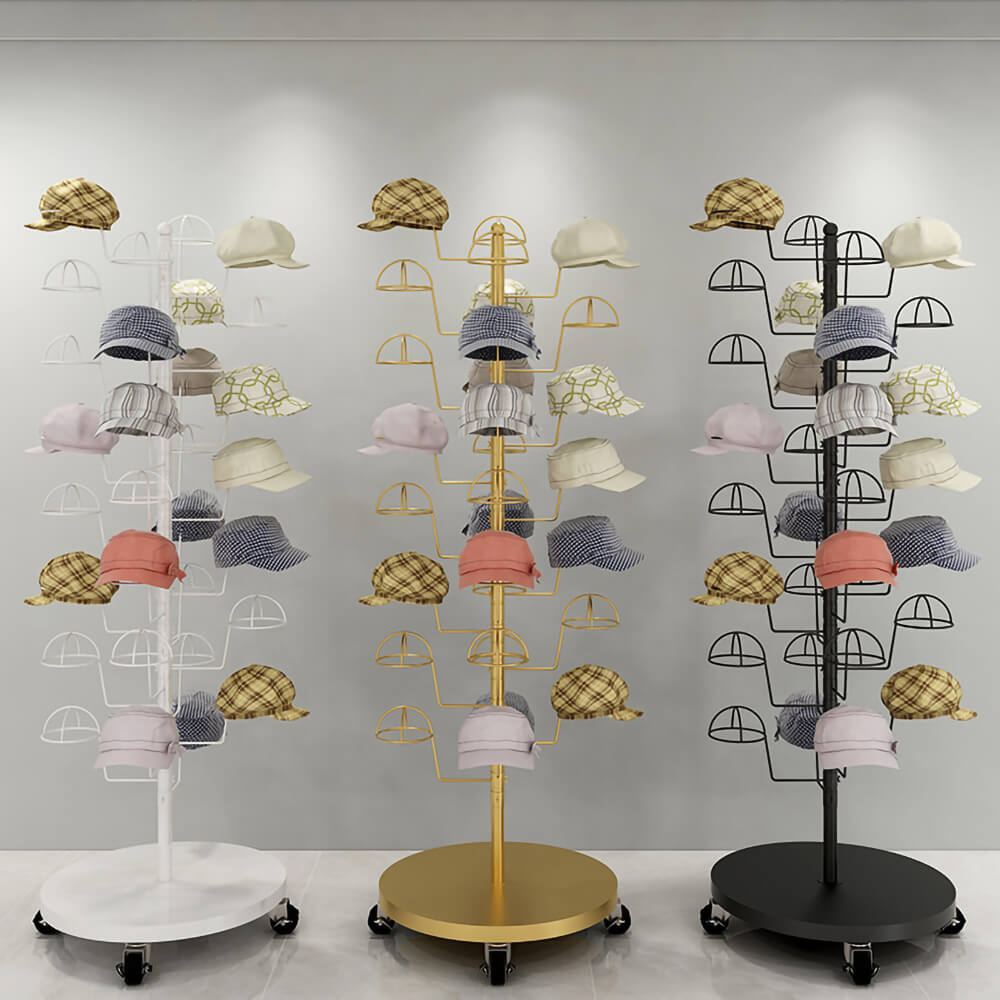
Store fixtures come in a wide array of styles, materials, and functionalities, catering to the diverse needs of various retail sectors. Here are some common types of store fixtures:
Shelving Units
These are the backbone of most retail spaces, providing ample storage and display areas for merchandise. Shelving units can be freestanding, wall-mounted, or integrated into larger fixtures. They come in various materials, such as wood, metal, or plastic, and can be designed to complement the store’s overall aesthetic.
Display Racks and Stands
These fixtures are designed specifically for showcasing products in an eye-catching and organized manner. Display racks can be freestanding or wall-mounted and are often used for apparel, accessories, or small merchandise items.
Counters and Checkout Stations
These fixtures serve as the focal point for customer transactions and interactions with staff. Counters and checkout stations can be customized to suit the store’s branding and functional requirements, incorporating features like cash registers, scanners, and storage compartments.
Mannequins and Dress Forms
Commonly found in apparel and fashion retailers, mannequins and dress forms are essential for displaying clothing and accessories in a visually appealing and realistic manner.
Signage and Graphics
While not traditionally considered fixtures, signage and graphics play a crucial role in guiding customers, promoting products, and reinforcing the store’s brand identity. These can range from aisle markers and price tags to large-scale wall graphics and digital displays.
Specialty Fixtures
Depending on the retail sector, specialty fixtures may be required to showcase specific products effectively. For example, jewelry stores may utilize glass cases and lighting fixtures, while grocery stores may employ refrigerated units and bakery cases.
Each type of store fixture serves a unique purpose and contributes to the overall shopping experience. By carefully selecting and combining various fixtures, we can create a cohesive and visually appealing retail environment that meets the needs of our customers and business objectives.
Store fixture layout and design
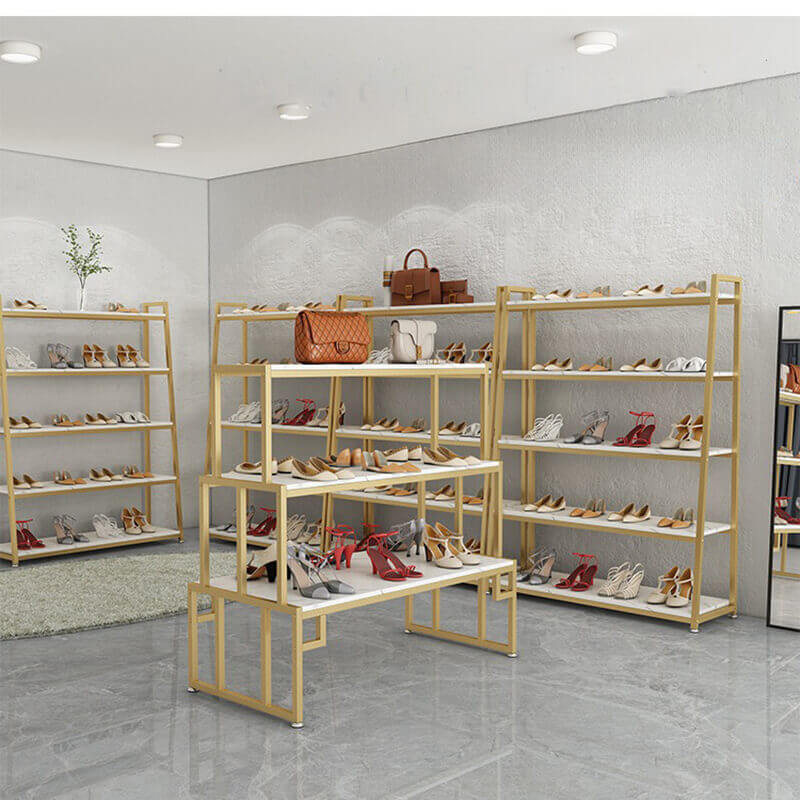
The layout and design of store fixtures play a critical role in creating an engaging and memorable shopping experience for customers. As a retailer, I understand that a well-planned fixture arrangement can not only showcase products effectively but also guide customer flow, optimize space utilization, and reinforce my brand identity.
- Customer Flow and Navigation: One of the primary considerations in store fixture layout is ensuring a seamless and intuitive customer flow. By strategically positioning fixtures, I can create a natural path that guides customers through the store, allowing them to explore and discover products organically. This can be achieved through techniques such as:
- Establishing clear sightlines and open pathways
- Grouping related products together
- Utilizing focal points and visual cues to draw attention
- Product Zoning and Merchandising: Effective product zoning and merchandising are essential for creating an organized and visually appealing retail space. By grouping similar products together and arranging them in a logical manner, I can make it easier for customers to find what they’re looking for. This can involve techniques such as:
- Dedicating specific areas or zones for different product categories
- Utilizing color-coding or signage for easy navigation
- Implementing cross-merchandising strategies to showcase complementary products
- Focal Points and Vignettes: Creating focal points and vignettes within the store can add visual interest and draw customers’ attention to specific products or areas. These can be achieved through techniques such as:
- Utilizing eye-catching displays or installations
- Incorporating lifestyle settings or themed vignettes
- Strategically placing high-impact or seasonal merchandise in prominent locations
- Lighting and Ambiance: The lighting and ambiance of a retail space can significantly impact the overall shopping experience. By incorporating appropriate lighting fixtures and creating a welcoming atmosphere, I can enhance the perceived value of my products and encourage customers to linger and explore.
- Brand Consistency and Storytelling: The store fixture layout and design should consistently reinforce my brand identity and tell a cohesive story. By carefully selecting fixtures, materials, and color schemes that align with my brand aesthetic, I can create a immersive and memorable experience for customers.
By carefully considering these factors and working with experienced design professionals, I can create a store fixture layout and design that not only showcases my products effectively but also provides a seamless and engaging shopping experience for customers.
Tips for maximizing store fixture effectiveness
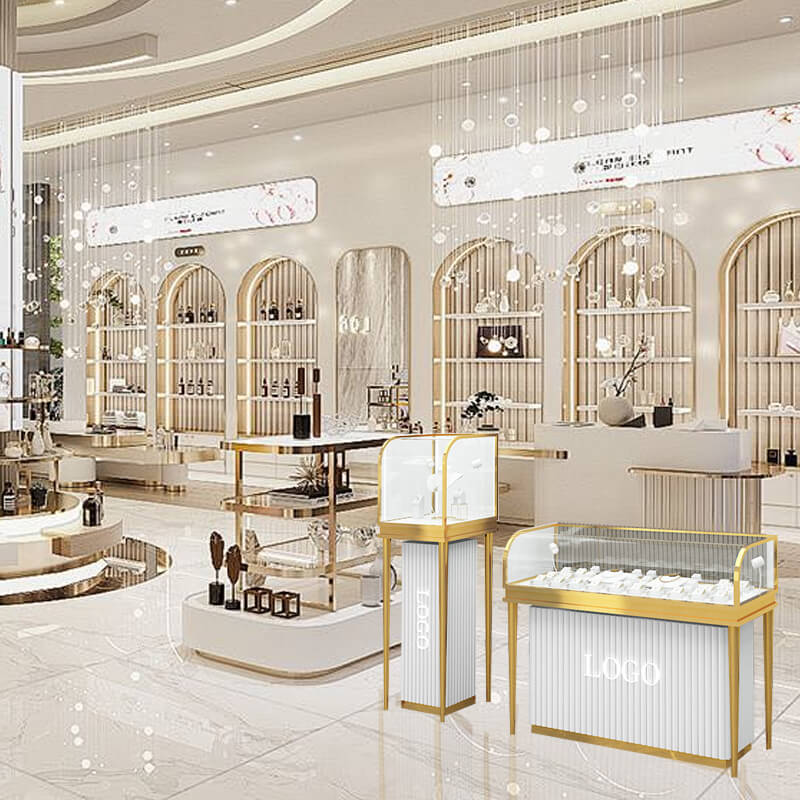
As a retailer, I understand that store fixtures are more than just functional elements; they are strategic assets that can significantly impact the success of my business. By maximizing the effectiveness of these fixtures, I can create an engaging and memorable shopping experience that encourages customers to explore, linger, and ultimately make purchases.
Here are some tips to help me get the most out of my store fixtures:
- Understand Customer Behavior: Gaining insights into my target customers’ shopping habits, preferences, and behaviors is crucial for optimizing store fixture effectiveness. By analyzing data and conducting customer research, I can identify patterns and tailor my fixture layout and design accordingly.
- Prioritize Visibility and Accessibility: Ensuring that products are easily visible and accessible is key to driving sales. I should strategically position high-demand or impulse-buy items at eye level and within reach, making them hard to miss for customers.
- Implement Cross-Merchandising Strategies: Cross-merchandising, or displaying complementary products together, can encourage customers to make additional purchases. By thoughtfully arranging related items in close proximity, I can create a cohesive shopping experience and inspire customers to explore new product combinations.
- Leverage Lighting and Signage: Effective lighting and signage can significantly enhance the visual appeal and functionality of store fixtures. I should utilize targeted lighting to highlight specific products or areas, while clear and compelling signage can provide valuable product information and guide customer navigation.
- Incorporate Interactive Elements: Introducing interactive elements, such as touchscreens, augmented reality displays, or product demonstrations, can create an engaging and memorable shopping experience. These interactive fixtures not only captivate customers but also provide valuable product information and education.
- Regularly Refresh and Rotate Displays: Keeping displays fresh and rotating merchandise regularly can pique customer interest and encourage repeat visits. By frequently updating fixture arrangements and incorporating seasonal or themed displays, I can create a sense of novelty and excitement for returning customers.
- Collect and Analyze Data: Continuously collecting and analyzing data on customer behavior, sales patterns, and fixture effectiveness is crucial for making informed decisions. By leveraging analytics tools and customer feedback, I can identify areas for improvement and make data-driven adjustments to my store fixtures.
By implementing these tips and continuously evaluating the effectiveness of my store fixtures, I can create a dynamic and engaging retail environment that not only showcases my products effectively but also drives sales and fosters customer loyalty.
Store fixture trends and innovations
In the ever-evolving retail landscape, store fixtures are constantly adapting to meet the changing needs and preferences of consumers. As a forward-thinking retailer, I stay informed about the latest trends and innovations in store fixtures to ensure that my retail space remains engaging, efficient, and aligned with industry best practices.
Sustainable and Eco-Friendly Fixtures
With a growing emphasis on environmental responsibility, there is an increasing demand for store fixtures made from sustainable and eco-friendly materials. Retailers are embracing fixtures crafted from recycled or reclaimed materials, as well as those designed for easy disassembly and recycling at the end of their lifespan.
Modular and Flexible Designs
Adaptability is key in today’s retail environment. Modular and flexible store fixtures allow for easy reconfiguration and adjustment, enabling me to quickly adapt to changing merchandising needs, seasonal trends, or product line expansions without significant disruption or investment.
Digital Integration and Interactive Displays
The integration of digital technology into store fixtures is revolutionizing the shopping experience. Interactive displays, augmented reality (AR) experiences, and digital signage are becoming increasingly prevalent, allowing customers to engage with products in new and immersive ways while also providing valuable product information and personalized recommendations.
Mobile Integration and Omnichannel Experiences
As the lines between online and offline shopping continue to blur, store fixtures are adapting to support omnichannel experiences. Mobile integration, such as QR codes or near-field communication (NFC) technology, allows customers to access additional product information, make purchases, or even participate in loyalty programs directly from their smartphones while in-store.
Customization and Personalization
With the rise of personalized shopping experiences, store fixtures are evolving to support customization and personalization. This can include fixtures with built-in customization stations, allowing customers to personalize products on-site, or fixtures that can be tailored to individual customer preferences through digital integration.
By staying informed about these trends and innovations, I can ensure that my store fixtures remain relevant, engaging, and aligned with the evolving needs and expectations of modern consumers.
Cost considerations for store fixtures
While store fixtures are essential components of a successful retail space, they can also represent a significant investment. As a savvy retailer, I understand the importance of carefully considering the costs associated with store fixtures to ensure that my investment aligns with my budget and overall business goals.
- Initial Purchase Costs: The upfront costs of purchasing store fixtures can vary widely depending on the type, material, and quality of the fixtures. High-end fixtures crafted from premium materials or featuring advanced technology can be significantly more expensive than basic, entry-level options. It’s crucial to strike a balance between quality and cost-effectiveness to ensure a strong return on investment.
- Installation and Assembly Costs: In addition to the purchase costs, I must also factor in the expenses associated with installing and assembling store fixtures. This can include labor costs, as well as any necessary permits or fees. Depending on the complexity of the fixtures and the layout of the retail space, these costs can add up quickly.
- Maintenance and Repair Costs: Over time, store fixtures may require regular maintenance and occasional repairs to ensure they remain in optimal condition. These ongoing costs should be factored into my budget, as neglecting maintenance can lead to premature fixture degradation and the need for costly replacements.
- Shipping and Transportation Costs: Depending on the size and weight of the store fixtures, shipping and transportation costs can be a significant expense, particularly if the fixtures are being sourced from a distant location or require specialized handling.
- Customization and Branding Costs: If I choose to customize or brand my store fixtures to align with my unique brand identity, additional costs may be incurred. This can include expenses for custom design work, specialized materials, or branding elements such as logos or graphics.
- Storage and Inventory Costs: If I plan to keep a stock of spare or replacement fixtures on hand, I must account for the costs associated with storage and inventory management. This can include warehouse or storage facility fees, as well as the potential for lost or damaged inventory.
To manage these costs effectively, I should carefully evaluate my budget and prioritize the most essential fixtures for my retail space. Additionally, I can explore cost-saving strategies such as negotiating bulk discounts, considering used or refurbished fixtures, or opting for modular and adaptable designs that can be reconfigured as needed.
By thoroughly understanding and accounting for the various cost considerations associated with store fixtures, I can make informed decisions that maximize the value and return on investment for my retail business.
Design Your Custom Store Fixtures in iYubo Now!
Unlock the full potential of your retail space with iYubo’s custom store fixture design services. From initial concept to final installation, our team of experts will work closely with you to create fixtures that not only showcase your products effectively but also reflect your brand’s personality and captivate your customers.
At iYubo, we understand that every retail business is unique, with its own set of challenges and goals. That’s why our platform offers a wide range of customization options, allowing me to tailor every aspect of my store fixtures to meet my specific needs. From materials and finishes to dimensions and functionality, I have complete control over the design process. Contact us today to schedule a consultation and take the first step towards transforming your retail environment.
More Posts:
20 Retail Window Display Ideas for Visual Merchandising
Window Displays: Ultimate Guide
10 Outstanding Merchandise Display Examples



